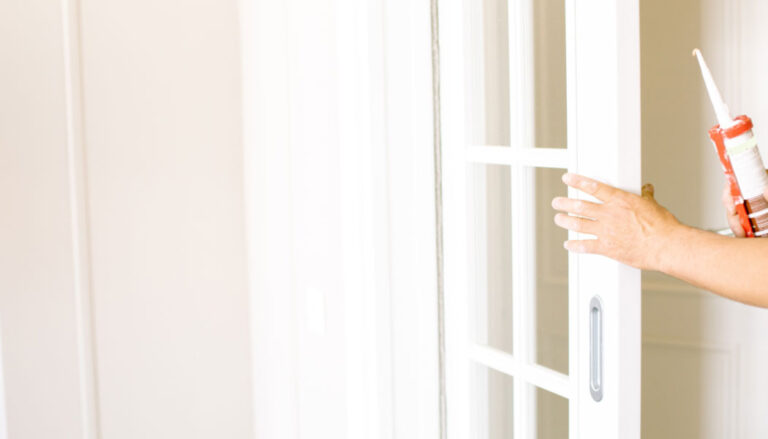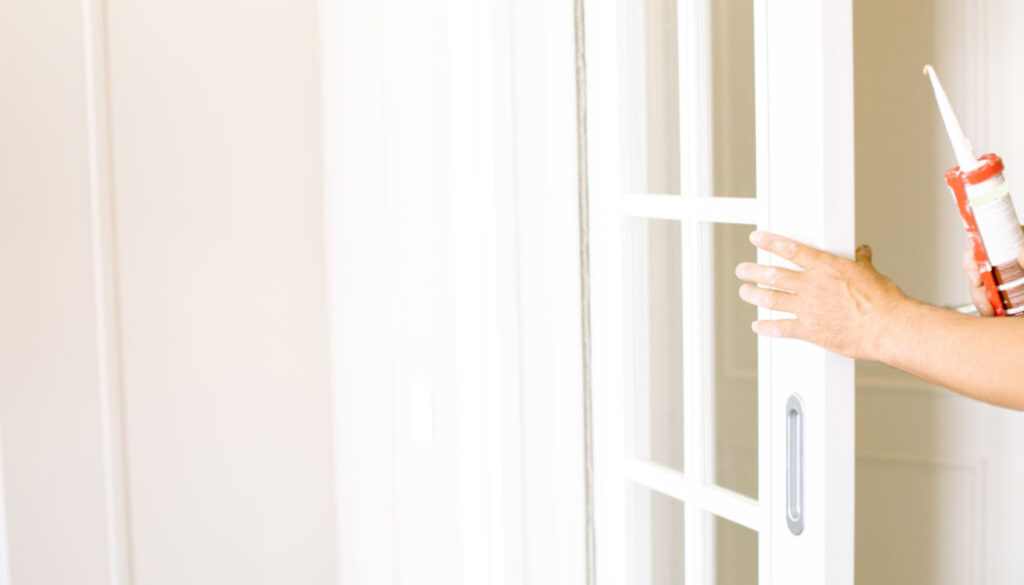
Will Wax and Grease Remover Damage Paint?
No, wax and grease remover is specifically designed to clean surfaces and remove contaminants without damaging the paint.
By understanding the mechanics behind these removers and following the right practices, you can confidently maintain your vehicle’s pristine finish without compromising its integrity.

So, unravel the truth about wax and grease remover’s impact on paint!
How Wax And Grease Remover Works?
Wax and grease removers are products designed to remove wax, grease, oil, and other contaminants from surfaces. It is primarily used in the automotive and paint industries. These removers work through a combination of solvents and cleaning agents that break down and dissolve the unwanted substances.
The solvents used in wax and grease removers are typically strong organic compounds such as acetone, toluene, or mineral spirits. They have a high affinity for oils and waxes, making them effective at dissolving and loosening these substances from the surface.
When applied to a contaminated surface, this remover penetrates the layers of wax, grease, or oil. The solvents in the remover interact with the molecules of the contaminants, causing them to break apart and become suspended in the liquid. This process is known as solvation.
The cleaning agents in the remover aid in lifting and suspending the dissolved contaminants. It makes them easier to remove. These agents can include surfactants or detergents that help to emulsify the oils and greases. It allows them to mix with the remover and be wiped away.
Will Wax and Grease Remover Damage Paint?
When used properly, Wax and grease removers should not damage paint. Always follow the manufacturer’s instructions and use the product as directed.
Wax and grease removers are formulated with solvents that can dissolve and remove stubborn residues without harming the underlying paint. They are commonly used in automotive detailing, painting, and other industries where clean surfaces are essential for proper adhesion and finishing.
Leaving the remover on the surface for an extended period may have adverse effects on the paint. Or if used excessively or applied too forcefully, they could potentially harm. To minimize the risk of damage, it’s advisable to use a lint-free cloth or sponge to apply the wax and grease remover gently. Avoid excessive rubbing or scrubbing, as this could potentially abrade the paint surface.
Moreover, some removers may contain strong chemicals that could potentially damage certain types of paint or finishes. Apart from this, different paint types and finishes may have different sensitivities. Therefore, it’s always a good idea to test the wax and grease remover on a small, inconspicuous area of the paintwork first to ensure compatibility and prevent any unexpected reactions.
Can You Use Wax and Grease Remover on Paint Safely?
Absolutely! Wax and grease remover is designed to be a safe and effective product for removing unwanted substances from painted surfaces.
When applied correctly, it helps eliminate contaminants without causing any harm to the paint. The formulation of wax and grease removers ensures that they work gently yet effectively, dissolving and lifting away the undesirable substances while leaving the paint intact.
By utilizing a wax and grease remover, you can maintain the pristine appearance of your paintwork, restoring its original shine and luster. The product’s composition is specifically engineered to minimize any potential risks or adverse effects on the paint, providing a reliable solution for removing stubborn residues.
Rest assured, when used according to the instructions, wax and grease removers offer a safe and reliable method for keeping your painted surfaces clean and free from unwanted substances.
How to Use Wax and Grease Remover on Paint?
Using a wax and grease remover is an important step in preparing a surface for painting, as it helps to remove any residual contaminants that can interfere with paint adhesion. Here’s a step-by-step guide on how to use wax and grease remover effectively:
Gather the necessary materials: You will need-
- a wax and grease remover product
- lint-free cloths or towels
- rubber gloves, and safety goggles
Ensure you have adequate ventilation in the area where you’ll be working.
Prep the surface: Begin by thoroughly cleaning the surface you intend to paint. Remove any loose dirt, dust, or debris using a mild detergent or soap and water. Rinse the area and allow it to dry completely before proceeding.
Put on protective gear: Wear rubber gloves and safety goggles to protect your skin and eyes from the chemicals present in the wax and grease remover.
Test in an inconspicuous area: Before applying the wax and grease remover to the entire surface, it’s wise to test it in a small, inconspicuous area to ensure it doesn’t damage the paint or finish. Choose a hidden spot or an area that won’t be easily noticeable.
Apply the wax and grease remover: Dip a clean, lint-free cloth or towel into the wax and grease remover solution. Saturate the cloth without soaking it excessively. Start applying the solution to the surface in a small, manageable section.
Wipe the surface: Using the saturated cloth, gently wipe the surface in a circular motion. Ensure that you cover the entire area thoroughly.
Use fresh clothes as needed: As you work, you may need to switch to clean, fresh cloths or towels if the one you’re using becomes saturated with contaminants. This helps prevent transferring the dissolved contaminants back onto the surface.
Repeat if necessary: If the surface is heavily contaminated, you may need to repeat the process to ensure all the wax and grease are removed. Remember to use fresh cloths and apply the wax and grease remover solution as needed.
Allow drying time: Once you have finished cleaning the surface, allow it to air dry completely. Avoid touching the surface or introducing any new contaminants during the drying process.
Inspect the surface: After the surface is dry, inspect it for any remaining contaminants. If you notice any stubborn areas or residue, repeat the process in those specific areas until the surface is completely clean.
Proceed with painting: Once you are satisfied with the cleanliness of the surface, you can proceed with your painting project according to the manufacturer’s instructions for the paint you are using.
Does Wax and Grease Remover Remove Paint?
Yes, wax and grease removers can effectively remove paint. They work by utilizing solvents that dissolve contaminants on the surface. These solvents break down the paint’s adhesion to the substrate, allowing it to be wiped away.
The active ingredients in wax and grease removers typically include strong organic solvents such as acetone, methyl ethyl ketone (MEK), or toluene. But their effectiveness in removing paint may vary depending on the type and condition of the paint as well as the surface material.
Does Wax and Grease Remover Leave Residue?
No, wax and grease remover is specifically designed to leave little to no residue. It is formulated to effectively remove contaminants from surfaces without leaving behind any noticeable residue.
Thoroughly wipe the surface after using the remover to ensure complete removal of any remaining residue. This will help ensure a clean and residue-free surface for further treatments or applications.
Conclusion
While it’s essential to exercise care when using wax and grease removers, they can be utilized effectively without causing damage to your paint. Following the manufacturer’s instructions, conducting patch tests, and using gentle techniques will help ensure a successful and safe paint-cleaning process. By taking these precautions, you can enjoy a beautifully maintained vehicle while safeguarding its paintwork for years to come.
